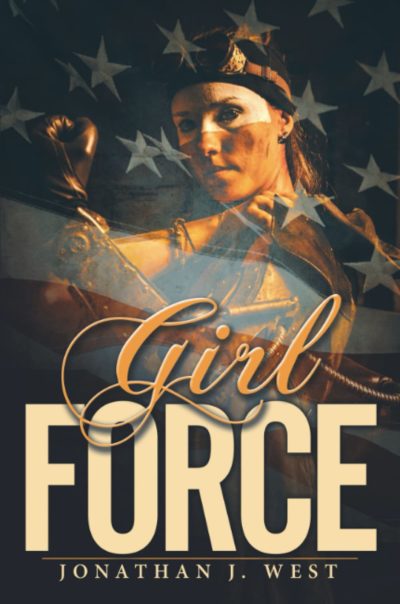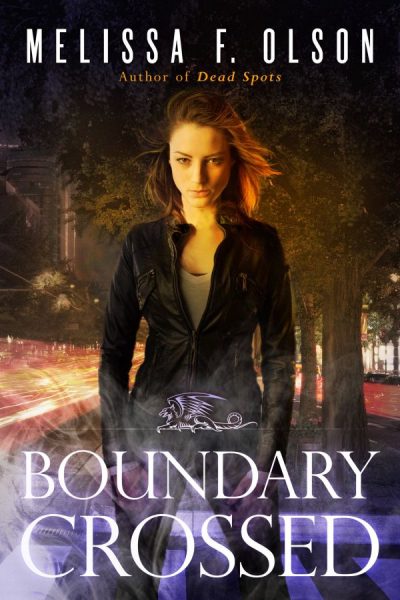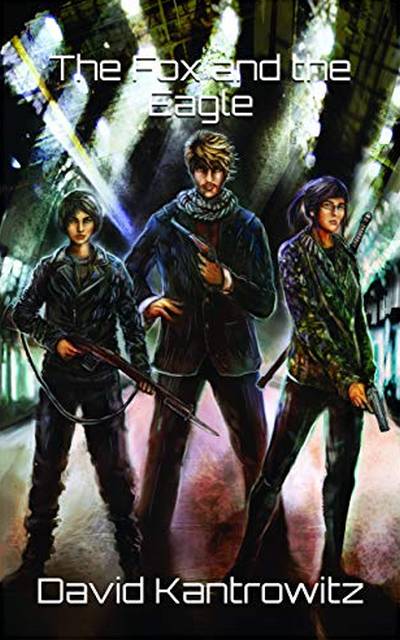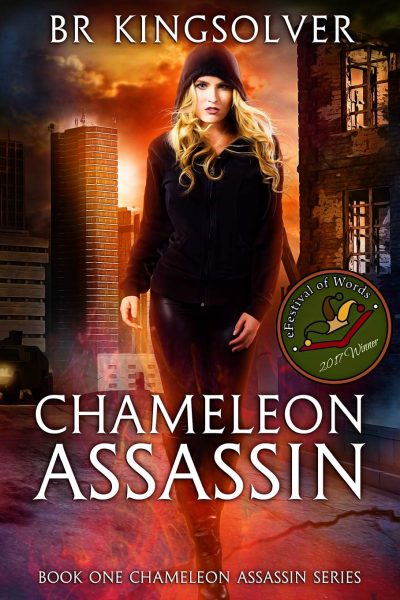Literary rating: ★★½
Kick-butt quotient: ☆☆☆☆
 After a brisk start, this fades into mediocrity, half space opera (that would include the “space dragon”) and half LitRPG. The latter was particularly unexpected, and poorly integrated into the rest of the story. I mean, you’re supposed to be fighting with the fate of the galaxy at stake. Why do you need to level up in order to get abilities? It’s like recruiting the best fighters from across the universe, then sending them into battle unarmed, because they don’t have the necessary experience points yet. No. You should give them all the best tools, right from the get-go, simply because it will help them survive. It just doesn’t make sense.
After a brisk start, this fades into mediocrity, half space opera (that would include the “space dragon”) and half LitRPG. The latter was particularly unexpected, and poorly integrated into the rest of the story. I mean, you’re supposed to be fighting with the fate of the galaxy at stake. Why do you need to level up in order to get abilities? It’s like recruiting the best fighters from across the universe, then sending them into battle unarmed, because they don’t have the necessary experience points yet. No. You should give them all the best tools, right from the get-go, simply because it will help them survive. It just doesn’t make sense.
Anyway, this begins in better shape, with an alien invasion of Earth already well under way, and it largely under the heel of The Syndicate. The LRR – Last Remaining Resistance – are trying to fight back, and among their members is Samantha, a sixteen-year-old girl who can barely remember a time when she wasn’t fighting from her life. However, she is snatched off Earth by Hadrian, to become part of an elite team, comprised of multiple different intergalactic races. For The Syndicate are basically small fry compared to the true Big Bad, who have already destroyed many worlds and races, including Hadrian’s. Earth is among the planets now coming up on their “to do” list.
It kinda reads like a more serious version of Guardians of the Galaxy, with Samantha in the Star-Lord role. She ends up becoming appointed leader of the group, despite her lack of age and experience, and has to meld the disparate personalities into a cohesive whole. Though, to be honest, she doesn’t really do much “leading.” and everyone more or less just does their thing. Indeed, I’d be hard pushed to point out much in the way of Samantha’s development as a character over the course of the book. Well, apart from the obvious levelling-up that occupies a chunk in the middle. If my teenage self had been vacuumed up off Earth and dropped in the middle of an interstellar conflict, I suspect it would likely have changed me, just a bit.
I can’t argue about the action here, and Sloan does have a better handle on this than the characters. Despite my slightly mocking tone above, the space dragon actually sounds pretty bad-ass, though you only get to read about it in full effect, at the end. It perhaps should have been more like the Death Star: destroy a planet or two, to establish its credentials. Despite the copious amount of firefights and hand-to-hand battles, I never felt particularly concerned about the safety of Samantha, or any of the team. Maybe one or two minor characters could have been killed off to give a sense of danger which seemed oddly lacking, given the copious amounts of collateral damage? But the lack of emotional investment would still likely have capped any connection.
Author: Justin Sloan
Publisher: Elder Tree Press, available through Amazon, both as a paperback and an e-book
1 of 4 in the Shadow Corps series.





 And, yet… Not only did I finish this, I genuinely enjoyed the whole, lunatic experience. I don’t know if the editing got slightly better as the book went on. Maybe I just became used to the style, which flies defiantly in the face of, not just all literary convention, but the basic rules of English. Bizarrely, by the end, I found myself almost appreciative of the stream of consciousness, neo-Joycean approach. It’s better demonstrated by example, than description, so here’s a sample paragraph – neither particularly good nor bad by the book’s standards:
And, yet… Not only did I finish this, I genuinely enjoyed the whole, lunatic experience. I don’t know if the editing got slightly better as the book went on. Maybe I just became used to the style, which flies defiantly in the face of, not just all literary convention, but the basic rules of English. Bizarrely, by the end, I found myself almost appreciative of the stream of consciousness, neo-Joycean approach. It’s better demonstrated by example, than description, so here’s a sample paragraph – neither particularly good nor bad by the book’s standards: My friend Liane Zane kindly gifted me with a paperback copy of this second of her Elioud Legacy novels, as she did with the first one (The Harlequin & The Drangùe), in exchange for an honest review. Having liked the first book, I was glad to accept; and I wasn’t disappointed with the sequel!
My friend Liane Zane kindly gifted me with a paperback copy of this second of her Elioud Legacy novels, as she did with the first one (The Harlequin & The Drangùe), in exchange for an honest review. Having liked the first book, I was glad to accept; and I wasn’t disappointed with the sequel! Warning: while this review contains no spoilers for the book I’m reviewing, it inevitably involves some spoilers for the book to which it’s a sequel, Anna Dressed in Blood. (I didn’t review that one here; see below). The situation in this book directly grows out of the events of the first one; and though the author provides some brief references to those in the opening chapters here, if you have not read the series opener, you would get only the very bare basics of what happened there. IMO, she expected that her readers will read the books in order, and I would strongly recommend doing so. Your whole understanding of the premise here, your engagement with the story, and your understanding of who most of the major characters are as people and your emotional connection to them will be seriously impaired if you don’t!
Warning: while this review contains no spoilers for the book I’m reviewing, it inevitably involves some spoilers for the book to which it’s a sequel, Anna Dressed in Blood. (I didn’t review that one here; see below). The situation in this book directly grows out of the events of the first one; and though the author provides some brief references to those in the opening chapters here, if you have not read the series opener, you would get only the very bare basics of what happened there. IMO, she expected that her readers will read the books in order, and I would strongly recommend doing so. Your whole understanding of the premise here, your engagement with the story, and your understanding of who most of the major characters are as people and your emotional connection to them will be seriously impaired if you don’t!



 I don’t typically buy fourth books in a series, but didn’t actually realize that was the case here until after I’d finished it. From what I can gather, this is set in the same universe at its predecessors, but introduces a new set of characters. It certainly works well enough as a stand-alone entity, and poses no problems read on its own.
I don’t typically buy fourth books in a series, but didn’t actually realize that was the case here until after I’d finished it. From what I can gather, this is set in the same universe at its predecessors, but introduces a new set of characters. It certainly works well enough as a stand-alone entity, and poses no problems read on its own.